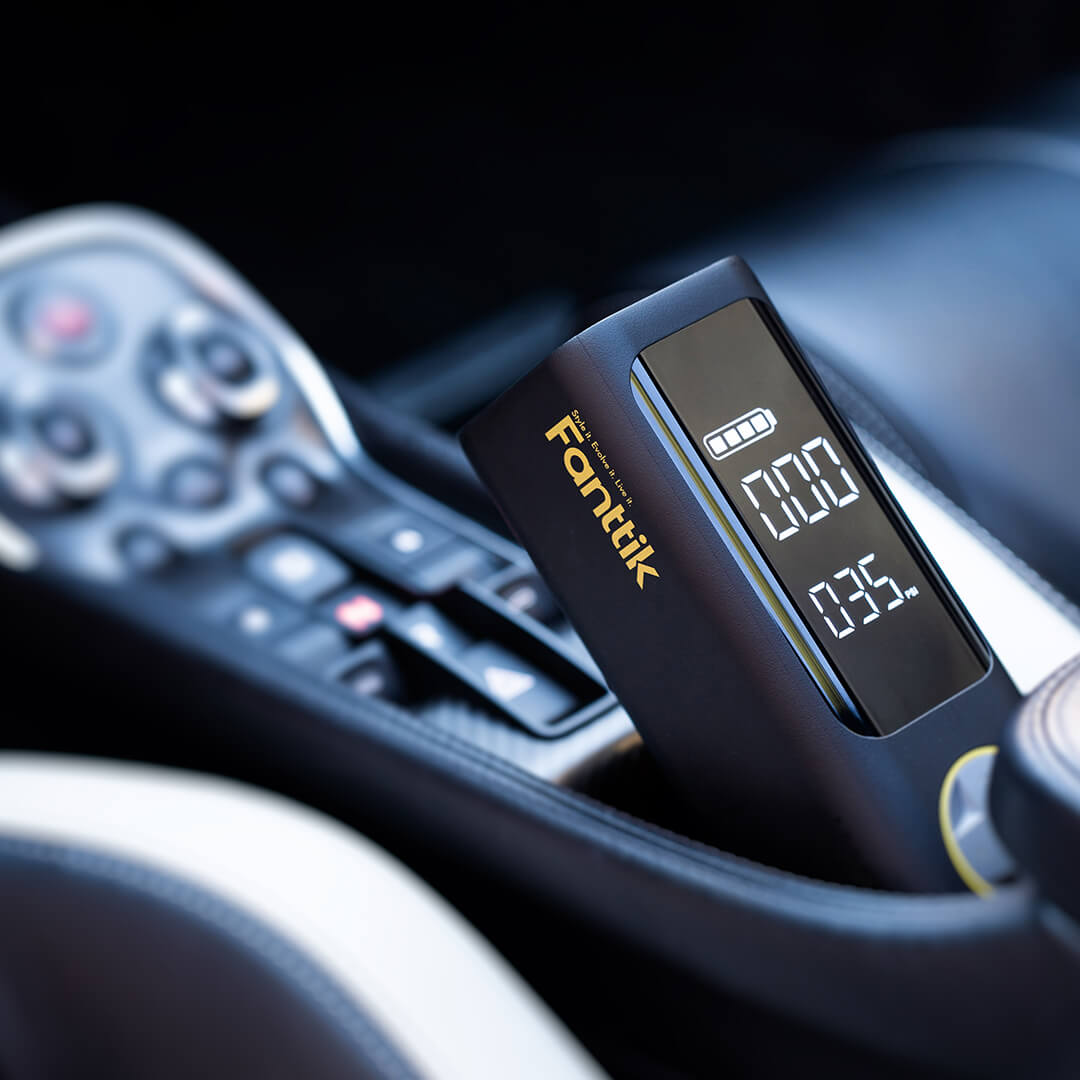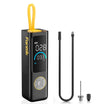Electric vehicles (EVs) are growing in popularity as more environmentally sustainable alternatives to gas-powered cars. As consumer adoption of EVs increases, drivers should understand that like any machinery, electrical failures or technical issues may occasionally arise with their electric cars as well. Just as with conventional vehicles, there can be times when an electric car fails to start successfully.
This article offers EV owners helpful troubleshooting advice for diagnosing and addressing common reasons why an electric car may not be starting properly.
What Makes Electric Cars Actually Move
Electric vehicles operate fundamentally differently than gas-powered cars in how they generate motive power. Rather than an internal combustion engine igniting gasoline to release kinetic energy turned into rotation through the drivetrain, an electric car instead uses stored chemical energy from its high-voltage lithium battery pack. This electricity then gets converted to torque by the electric motor powering the wheels.
So for an electric car to successfully start moving when you press the accelerator pedal, it relies on a sequence of properly functioning electrical components and connections:
- The high-voltage battery must hold sufficient charge to transmit current, with intact wiring circulating power. Most electric cars require at least a 32% charge minimum.
- Power control electronics modulate and convert the raw battery DC current into multi-phase AC electricity spun through the rotor windings of the electric motor. Delicate control boards can be faulty.
- The electric motor contains electromagnets requiring synchronized polarity changes to rotate the rotor shaft transforming electrical energy ultimately into physical forward momentum through gearsets linking the wheels. Bad sensors or worn bearings can cause issues.
- Low-voltage electronics energize auxiliary systems like safety systems, HVAC controls, touchscreens, and more through a separated 12V battery tied to DC-DC converters. Parasitic draws when faults arise can leave insufficient power to initialize a start sequence.
While fewer moving parts exist in EVs, coordinating safe high-voltage electrical energy still requires sophisticated battery management, power delivery electronics, software calibration, and electromechanical components all functioning correctly to achieve a seamless accelerator press initiating smooth, rapid vehicle movement.
Common Electric Car Starting Issues
EVs can face a range of potential electrical and software faults hampering smooth starting capability:
1. Depleted Battery
If the main high-voltage battery pack discharges below approximately 20% charge, it may not release enough current to the motor to enable starting. Normal range depletion after driving, battery degradation over time, or failed cells can all contribute to fully empty packs.
2. 12V Battery Problems
A separate 12-volt battery powers auxiliary electric systems for lighting, safety sensors, touchscreens, and more. If it is dead, faulty, or disconnected, the computer may not initialize a start sequence.
3. Charging Equipment Issues
Damaged public charging connectors, malfunctioning home charging stations supplied with AC wall power, or interrupted power cables can make properly replenishing the battery impossible. This leaves the pack too low to start.
4. High Voltage Electrical Faults
Within the 350+ volt electrical architecture, damaged wiring, bad inverters converting battery DC current to AC for the motors, shorted contactors and assorted interconnect issues can sabotage power transmission required for acceleration.
5. Software Glitches
Increasingly complex vehicle software can sometimes get corrupted, requiring rebooting or reflashing from technicians to restore full interface functionality if electronic throttles or propulsion responses fail.
6. Key Fob Problems
Unresponsive proximity key fobs unable to transmit authorization codes unlocking the drive system when pressed to start will halt efforts to enable driving. Dead batteries or mispaired sync can be the issue.
7. Safety Lockouts
BMS battery monitoring systems or onboard diagnostic programs may intentionally inhibit EV starting to protect systems from suspected damage risks due to plugged-in charging states, critical warnings, or fault codes that could make driving hazardous if ignored.
8. Connector and Cabling Damage
Compromised high-voltage connectors or damaged cables anywhere disrupting the flow of the potent direct electrical current between battery and motor renders acceleration impossible regardless of charge level. Intermittent faults complicate diagnoses.
So in essence, electric vehicles exchange engine ignition requirements for sustained battery charge and protected electrical continuity permitting the integrated software and electrified components to mesh flawlessly to translate a foot pedal request into silent, smooth operation. Myriad electrical gremlins can disturb this harmony.
What To Do When Your Electric Car Won't Start
When your silent EV lets you down with a rough start, some realistic first steps within reach can help narrow down causes:
1. Assess Charge Level
Use dashboard gauges to identify if there remains ample battery charge to startup systems. Below 20% often prevents ignition. Evaluate charge equipment functionality and sufficient electric current availability wherever parked.
2. Check 12V Battery Health
Use an inexpensive voltmeter to measure overall vehicle battery voltage integrity able to energize supplemental electronics apart from propulsion. Compare against specs to identify depletion issues manifesting intermittently even following successful charges.
3. Inspect Cabling and Connectors
Safely examine high voltage cables for damage like chafing or tears that could enable hazardous shorts. Confirm snug connections between the charging inlet and onboard circuitry. Worn resistive contacts provoke issues.
4. Restart/Recalibrate Software
Force reboot sequences per owner manual guidelines to refresh glitchy controller programming much like toggling sluggish smartphones. Some automakers provide OTA firmware updates similar to phones/laptops correcting known bugs.
If hesitations or other quirks arise without clear diagnoses, certified EV technicians wield tools, like journaling volt/amp meters monitoring electrical flows to isolate failures from massive complexity in modern vehicle networks. Seek their skills before small issues snowball.
When to Seek Professional Help
While owners can logically attempt restarting charging routines or reboot sequences seeking to revive sluggish electric vehicle startup on their own, sustained hesitations to start or repeated shutdown episodes should prompt handing vehicles over to certified EV technicians possessing experience properly diagnosing common gremlins.
Do not indefinitely postpone dealer assistance once personal efforts reach the limitations below:
1. Safety Concerns Arise
If high-voltage battery faults present any risk of electrical shorts, toxic off-gassing, leaked coolant, or battery management system warnings explicitly prohibiting startup suspend driving immediately until thorough professional appraisal. Don't dismiss red flags.
2. Problems Repeat Despite Resets
Intermittent issues reemerging cyclically despite temporarily successful troubleshooting suggest underlying defects untouched by surface-level owner interventions. Skilled electrical signatures analysis accurately traces root causes by detecting feedback loops and parasitic drains eluding layperson guesses.
3. Long-Term Reliability Implications
While temporarily rigging around electronic glitches buys short-term mobility, tolerating lingering flaws risks gradually corrupting vehicle computers through undiscovered virus-like data fragmentation. Nip corruption in the bud through professional firmware reflashes and coding recalibrations preventing bigger issues down the road.
Seeking qualified assistance promises the most efficient diagnosis and decisive repair resolutions to restore perfect functionality getting you back swiftly on your way electric. EV mechanics aim to provide five-star electrified experiences. Notify them at the first signs of trouble.
Preventative Measures and Maintenance Tips
While electric vehicles require less routine servicing than internal combustion engine cars, consistently practicing some preventative care sustains trouble-free reliability:
1. Update Software
Automaker dealerships can install patches addressing bugs and adding new features. Check for notifications and schedule installs (monthly or weekly) periodically to minimize potential electronic issues.
2. Check Battery Health
Many EVs have linked apps displaying metrics on cell performance and deterioration alerts suggesting eventual replacement timing. Monitoring this data allows proactive planning.
3. Practice Good Charging Habits
Secure connectors carefully each time, use plug timers to prevent overfilling, and keep ports debris-free. This guards against environmental contamination or damage risking driving range.
4. Clean Electrical Connections
Apply protective sprays to high-voltage inputs occasionally neutralizing corrosion buildup. Reseating connectors also clears hidden grime disrupting smooth power transfer.
5. Store Responsibly
Ideally, EVs stay plugged in within temperature-controlled garages rather than facing repeated extreme battery temperature cycles accelerating decay. If anticipating lengthy vehicle storage, leave batteries significantly charged to self-protect.
While EVs are the future, recognize their unique care requirements. Protective measures defend against headaches so reinvented mobility machinery thrives optimally. Prioritize diligence sustaining maximum returns on investment.
Knowledge Sparks Electric Vehicle Confidence
While electric cars introduce some unique complexities, basic consumer education on troubleshooting common issues like low charge states, damaged cables, or software glitches allows drivers to independently address and resolve many starter problems. Thoughtful preventative maintenance maximizes long-term electric vehicle reliability.
Embracing personal responsibility through self-education, diligent battery care, and distinguishing when professional technical skills become necessary empowers electric mobility confidence, liberating owners to reap the benefits of electrified transportation for the future.
For electric vehicle owners experiencing the frustrating scenario of their car refusing to start, it's essential to delve into the specifics of electric car functionality and potential issues. Alongside the troubleshooting tips provided here, it's worthwhile to explore additional resources for a comprehensive understanding of common problems and solutions. A valuable guide that complements this discussion can be found at Fanttik's detailed article on car starting issues. This resource offers practical advice and insights into why your car might not be starting(not only EVs), providing a broader perspective on maintaining and troubleshooting your vehicle effectively.



































Leave a comment
All comments are moderated before being published.
This site is protected by hCaptcha and the hCaptcha Privacy Policy and Terms of Service apply.